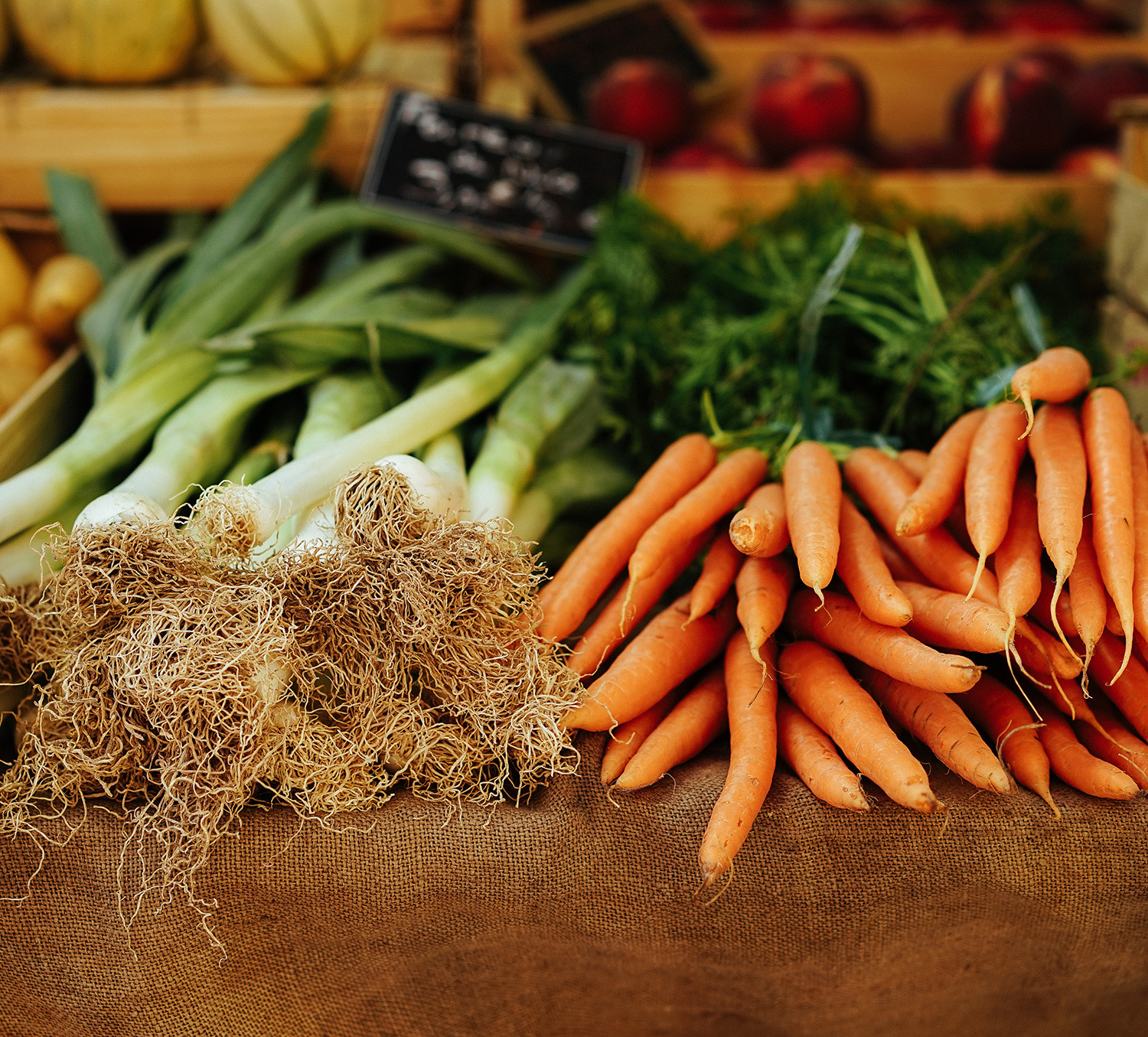Recommendation: Make healthy, sustainable food accessible, attractive and affordable for all
Our current food consumption and production systems are damaging the environment. They lead to the over-consumption of cheap, processed, unhealthy foods, which is correlated with increasing levels of overweight, obesity and chronic diseases, and to high levels of meat consumption, with particular consequences to the environment. More sustainably produced and healthy foods are often expensive, whilst small-scale rural producers using more sustainable farming methods struggle to earn a decent living. There is also an increasing disconnect between what we consume and how it was produced, and a lack of knowledge about how food is grown. These factors all exacerbate health inequalities. Outcomes from the INHERIT Five-Country Survey reinforce that choices around food are highly price-sensitive, with around half of the respondents indicating that they would find it easier to follow healthy and sustainable diets if the price of fruit and vegetables was lower and the price of foods high in sugar and salt was higher.[1] Outcomes of the survey also suggest that food-related behaviours are strongly influenced by culture, and difficult to change. But looking ahead, reactions to the INHERIT future scenarios reflect that many people value the possibility of growing their own food, and thereby having access to fresh, seasonable products and more affordable and healthy options.[2]

Voices from INHERIT
[…] the price is a decisive factor what food the population will consume. We all know there are many healthy food items, with high nutritional value, but their price is too high compared with food which is less healthy but will satisfy the essential needs for food. I am sure if the healthy food is cheaper it would have been used much more often.
The food that we consume today does not have any taste. I am older now and I remember the taste of strawberries, tomatoes, and other agricultural products, which do not have the same taste today. Food tastes like plastic. And even the meat, frozen, imported from Brazil, or who knows where else.
Yeah, community gardens and parks and forests. Sharing gardens and things. I like places to go and food growing in the earth and enjoying my surroundings more so.
I would like unhealthy food to become more expensive. Because e.g. with water and tea when you go out for dinner, it is often more expensive than these sweet drinks and so it is also in the shop and then of course, even if a child goes into the shop with his pocket money, of course he buys himself sweet things first because he thinks it is better, but basically if I have little, I buy what is cheaper.
I think it makes sense to consume local and seasonal products and if you have the opportunity, even if only on the balcony, to plant something yourself, you should do so. I think everybody can handle tomatoes, even I can do that.
I agree […] with the incentives for education and motivation of citizens towards new diets, also making cheaper healthy products to promote their consumption […]
What can be done? Insights from INHERIT
What can be done? Insights from INHERIT
Examples
Examples
INHERIT triple-win case studies
More information on the INHERIT case studies can be found in the Annex: triple-win case studies
STOEMP
An integrated city approach to ensure healthy sustainable food to low-income populations. Demonstrates how different sectors and organisations can work synergistically together to implement actions towards healthy eating.
The Food Garden
Community garden providing organic food for low-income families, staffed by volunteers from vulnerable groups. Provides healthy and sustainable food, work activation and garden education opportunities for vulnerable populations, and increased green space in an urban area.
GemüseAckerdemie
Training programme for teachers to bring children outdoors and educate them about food production. Grew from 1 pilot to over 400 programmes across 3 countries.
Sustainable Food in Public Schools
Initiative under which nursery schools in Madrid provide healthy sustainable food to children. Assessed as economically beneficial (the potential benefits exceed the costs in a ratio of approximately six to one).
Gardening with Green Gyms and Meat Free Mondays
Initiative providing children with opportunities to connect to nature and consume healthy foods. Benefited in particular children with learning difficulties/autism and children who struggle with work in the classroom.
PROVE
Small-scale farmers sell healthy products directly to consumers through an online platform, highlighting the benefits of an alternative economic model that focuses on a short circuit of food production and consumption. The farmers’ wellbeing and individual empowerment is positively affected. PROVE is aiming to expand to distribute its products to schools.
Tool: INHERIT Promising practice database
Database
Over 100 promising practices from across Europe, including on “consuming”.
Additional Reading from INHERIT
Article: School-based intervention on physical activity and eating
Khan, M. and Bell, R. (2019) Effects of a School Based Intervention on Children’s Physical Activity and Healthy Eating: A Mixed-Methods Study. Int. J. Environ. Res. Public Health, 16(22), 4320.
Article: PROVE
Coming soon…
Report: Baseline review
Staatsen, B., van der Vliet, N., Kruize, H., et al. (2017) INHERIT: Exploring triple-win solutions for living, moving and consuming that encourage behavioural change, protect the environment, promote health and health equity. Chapter 7
